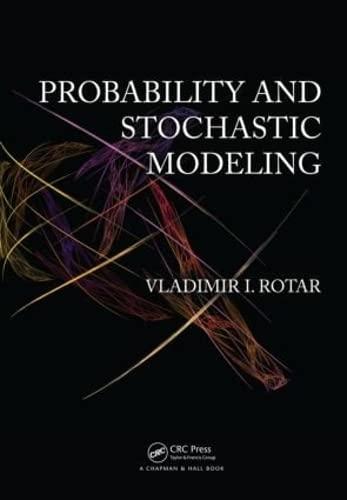Consider a stock whose initial price is $100, and each year the price either increases by 5%
Question:
Consider a stock whose initial price is $100, and each year the price either increases by 5% or drops by 6%. Let a risk-free interest be 4%.
(a) Build a two-year tree for stock prices and determine a martingale measure. Is it unique? Find the probability corresponding to this measure (“the probability in the risk neutral world”) that the price will drop exactly one time.
(b) Find the price of a European call option with an exercise price of $98.
(c) Find the price of a European put option with an exercise price of $98.
(d) Find the price of an American put option with an exercise price of $98. Compare with the price of the European put.
(e) Provide an Excel sheet for solving Problems 25b and 25c. Play a bit with input parameters.
(f) You buy a ticket which gives you the following options. You can exercise your ticket at the end of each year during a two-year period but just one time. If at this moment the price of the stock is higher than the initial price, then you are paid $100 if you exercise the ticket at the end of the first year, and $200 if you exercise it at the end of the second year. At the end of the first year, you may also just quit (losing the money you paid for the ticket). However, if you did not quit in the first year, and the current price at the end of the second year is not higher than the initial price, you pay a fee of $100. (i) How much should such a ticket cost? (ii) Find the optimal strategy for a buyer of the ticket.
(g) Using software, say Excel, solve Problems 25b and 25c for a three-year period.
(h) Using software, say Excel, solve Problem 25f for a three-year period for the exercise payments $100, $200, and $300, and a fee of $400.
Step by Step Answer:






